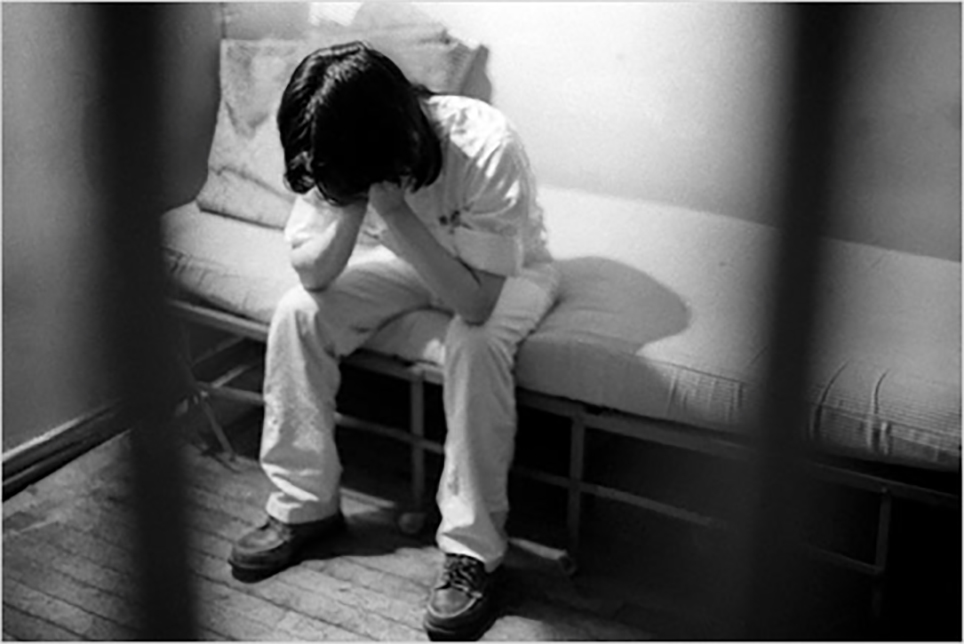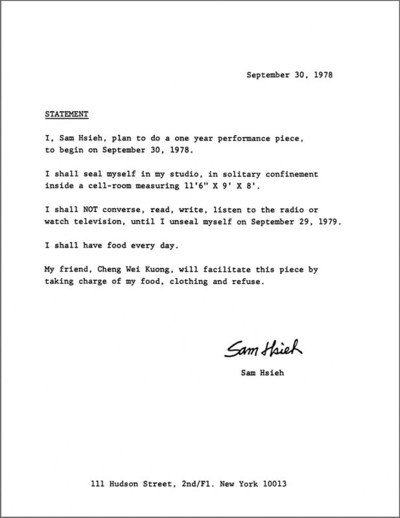Installation is a tricky thing. What makes installation installation and not sculpture? The line between installation and sculpture, I would say, is a fine one. From looking at installations and reading up a bit more, there are a few boxes that installation ticks off:
- Immersive
- Multi-sensory
- Site-specific
So these are the criteria that I have to keep in mind as I plan out the space for the installation.
On comfort objects
In dealing with the space, I at first wanted to recreate the room I had set up in my previous assignment. However, it didn’t make sense for me just to recreate the room as I realized it wouldn’t retain its meaning when placed out of the context of the video like that.
The installation has to carry meaning on its own.
Continuing on the theme of loneliness, the train of thought went to ideas of coping – ways to cope and deal with negative situations and emotions – an emotionally charged subjective space.
I then realized that, for myself, shutting down has become an immediate coping mechanism – going to sleep means the world and its problems are no longer there. Specifically – going to sleep with a blanket.
The blanket then acts as a comfort object that protects and shields. There will be a blanket in the installation.
But then how do I transform the space to make it look lonely?
One of the artists I looked to to find the answer to this was Tehching Hsieh. While his one-year performances are not installations in nature, they are highly site-specific.
In one of his one-year performances, he confined himself to a small cell for an entire year.
Hsieh’s works are highly ritualistic in nature. This action of doing something mundane over a long period of time/over and over again, while simple, conveys strongly a sense of mania and emotional charge. I feel that using a similar repetitive approach would help me convey the sense of “coping mechanisms” in my own work.
In terms of subject matter, Hsieh’s 1978-1979 performance of confinement in a cell strongly features the bed that he slept on. The idea of sleep is echoed here, and the sense of isolation/desolation/lack of human contact/aloneness/nothing to do except sleep align with my own similar ideas.
It is befitting then, that I should use the setting of a bed + blanket in the installation.
To imbue the ritualistic elements in my own piece, I will hand make the blanket (as opposed to buying one and setting it up just like that). In this way, the comfort is created by the subject seeking the comfort. It implies a sense of trying as opposed to stagnant depression. And perhaps in trying one fails, but what is important is that attempts were made to cope – “coping mechanisms”.







